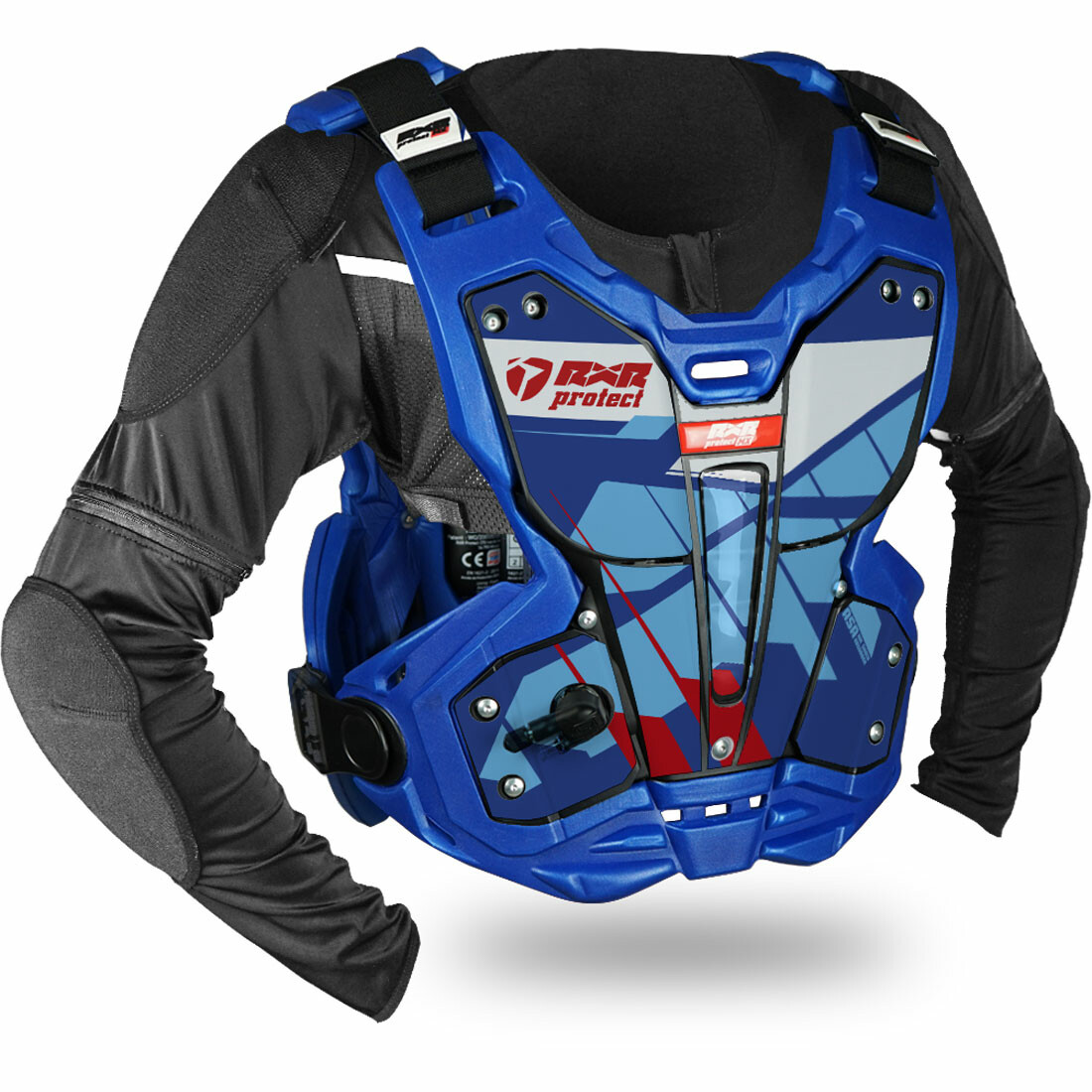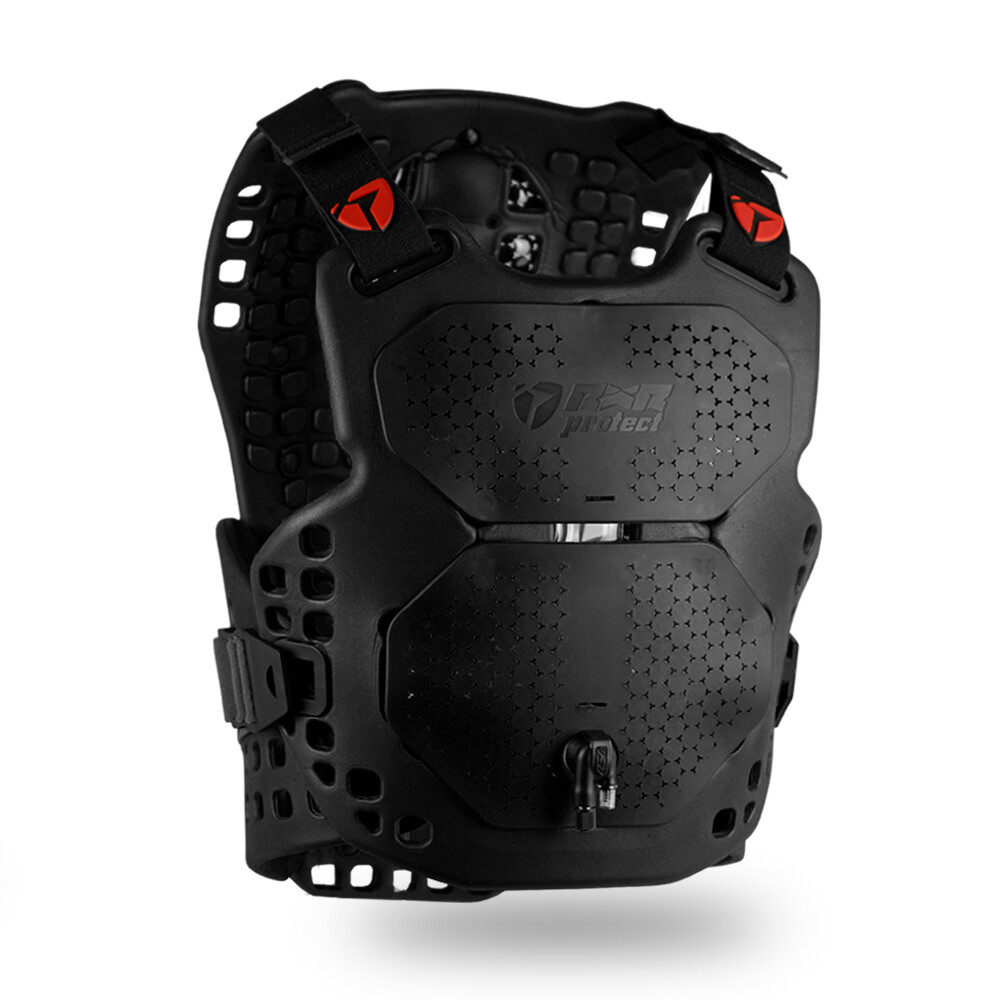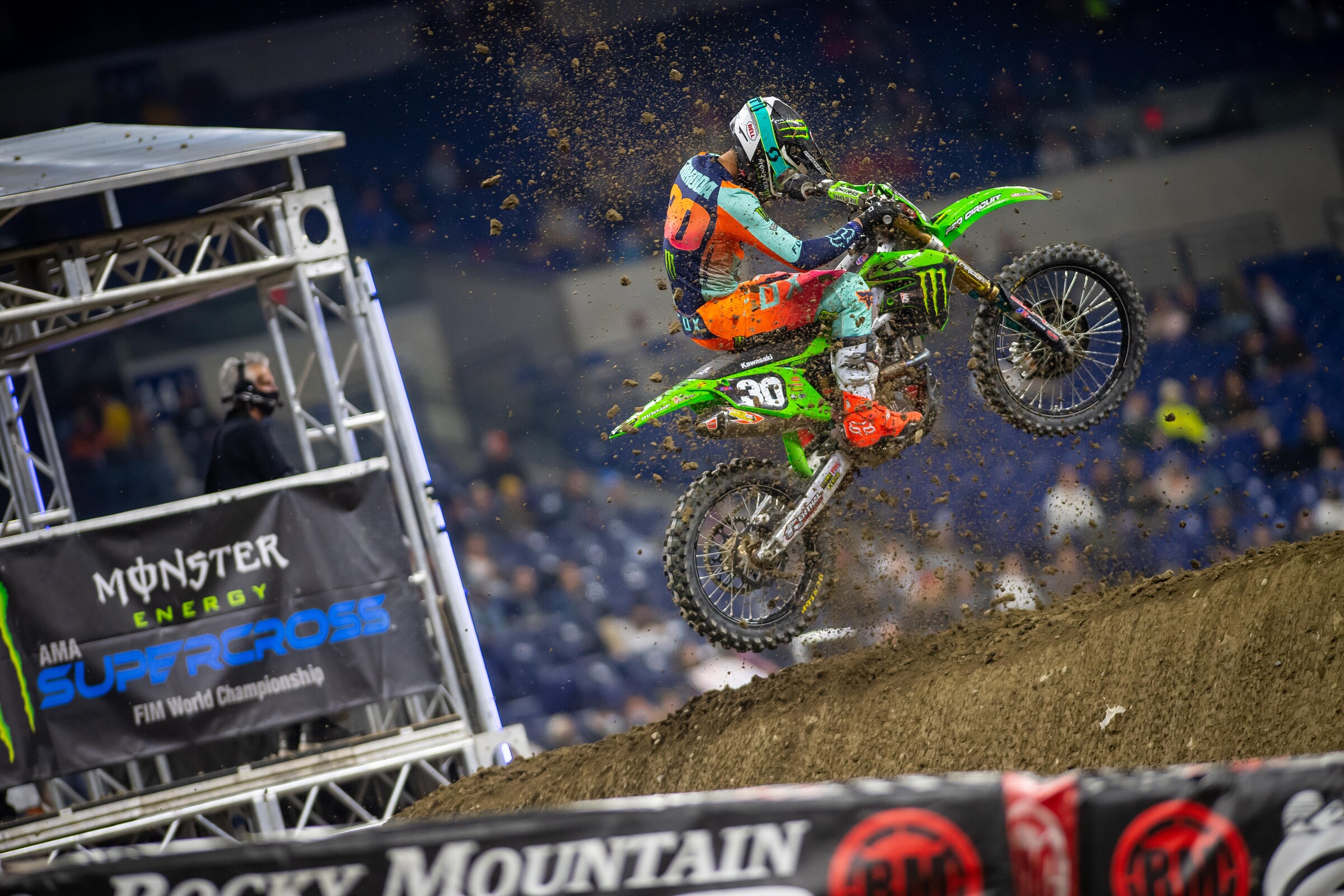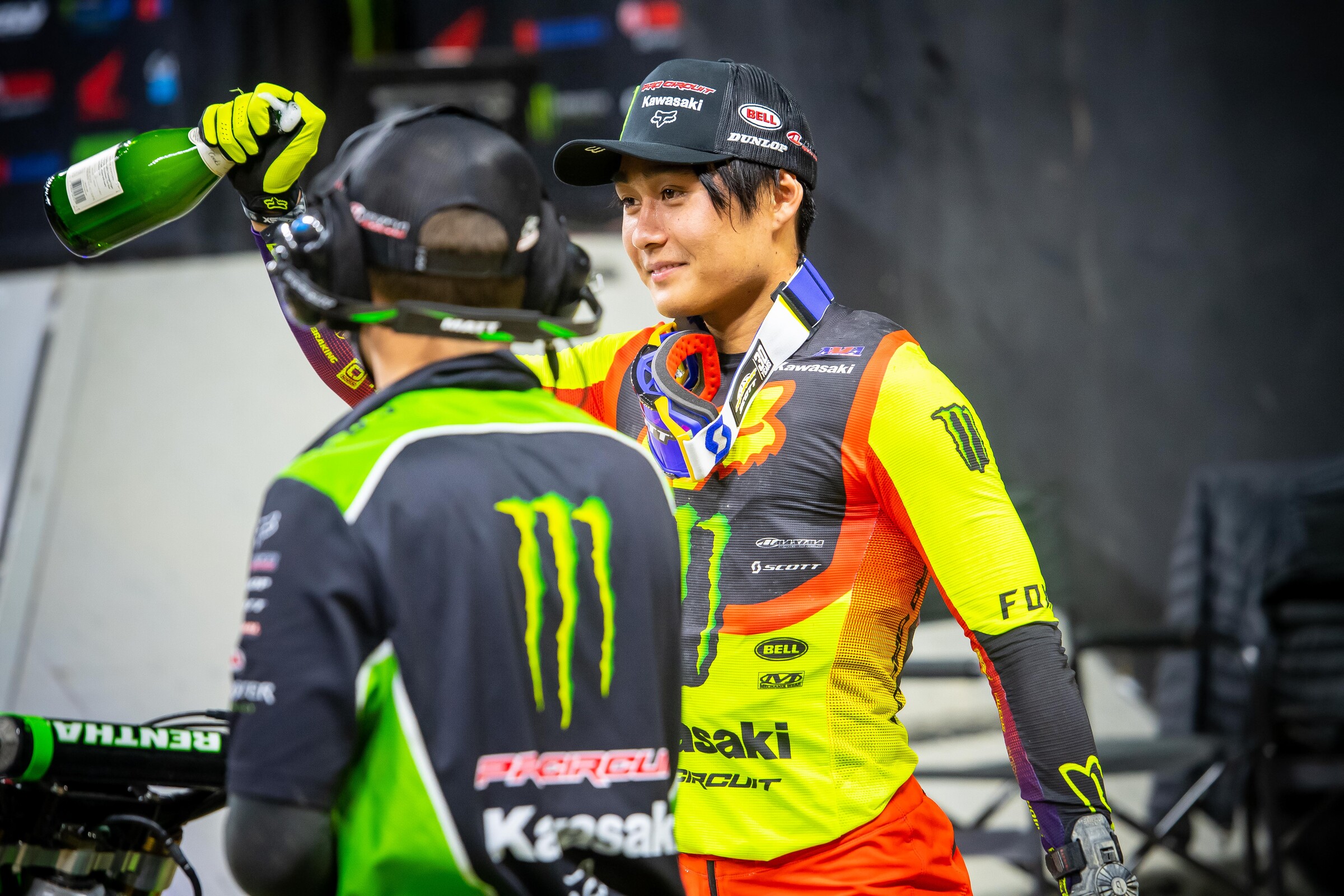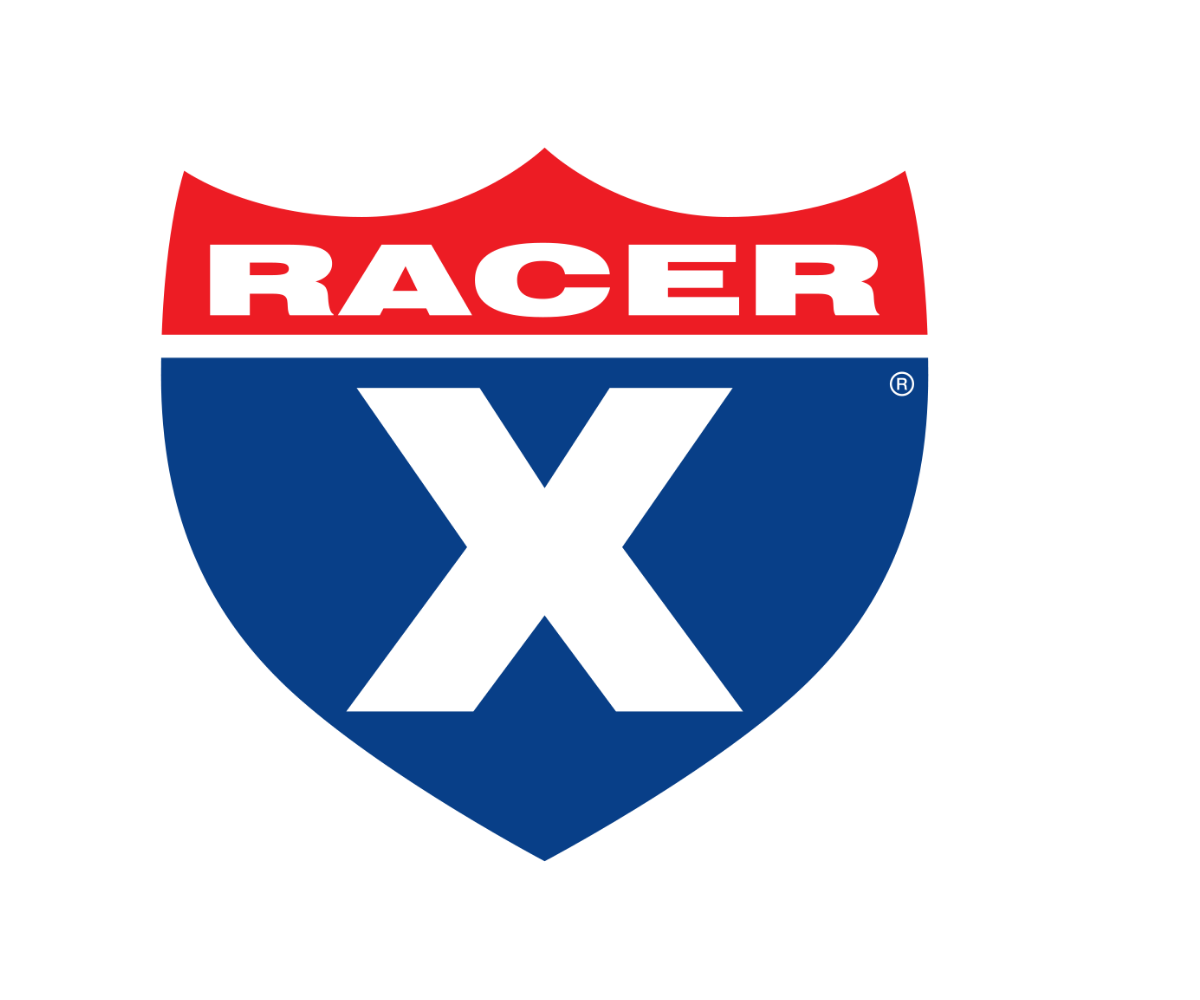
In almost every sense, motocross is a high-risk sport. That’s something that we, as riders and racers at any level, understand and accept. But that doesn’t mean that injuries—specifically serious ones—can’t be avoided or, at the very least, made less serious. We all know we’re probably going to get injured in this sport at some point, so what can we do to give us the best chance at walking away from a big crash?
Modern motocrossers are lucky in a lot of ways—and we don’t just mean live TV coverage of the races. (Although, seriously, our younger readers have no idea how good they’ve got it. NO IDEA!) But we’re fortunate in an even more important way: we’re living in a golden age of safety equipment. Helmets have never been better than they are now. Boots are more comfortable—and more protective—than ever before. And chest protectors, long the bane of freedom-loving racers, have finally reached a point where there’s almost no excuse not to wear one. They’re comfortable, engineered to within an inch of their lives, and, most importantly, they’re able to provide a level of protection that previous generations couldn’t dream of.
Many falls and shocks associated with moto crashes tend to result in lesions and trauma—sometimes severe ones—in the vertebrae and thorax. Statistical studies have shown that their severity depends on a consistent set of factors: speed, weight, deceleration, the physical condition of the wounded participant, and the level of protection provided by the equipment.
That last one? It’s a biggie. Let’s look at some numbers for road cyclists. Very, very few of them choose to wear readily available back protectors, and nearly 40 percent of spinal cord injuries result from traffic accidents. In two-thirds of those cases, personal protective equipment could have significantly reduced the severity of the long-term, permanent damage. Now think about yourself and your friends. How often have you heard that protective gear was “uncomfortable” or “too stiff”? And you know what? A lot of that stuff used to be uncomfortable and too stiff! But now we have better options, ones that have been developed and manufactured specifically not to hinder riders’ free movement on the bike. If a piece of protective gear is effective yet still comfortable enough that it can pretty much disappear, you’d be a fool not to wear it. In our experience, few companies can rival RXR when it comes to that combination.
Back in the early 2000s, David Schuller, already an entrepreneur and former motocross racer, reflected on the ideal protection vest for the sport. He’d been injured several times and was surprised by how little effort manufacturers made to go beyond minimum standards of protection. A young father, he decided he’d never allow his son ride with just a little foam and two plastic plates as protection. His solution: absorb shock with an air cushion. In 2008, after several hundred hours decrypting standards, analyzing medical studies, meeting sportsmen and health professionals (including surgeons, kinesiologists, and prosthologists), and building prototypes in his garage, he developed the patented Air Shock Absorber (ASA) Technology.
RXR’s compartmented air cushion offers highly effective shock absorption—up to 5 times more protective than standard chest protectors, according to their tests. Always inflated (unlike, say, a car’s airbag), it dissipates and absorbs the energy produced from violent shocks by dispersing it throughout a system of small internal air pockets. RXR also tests their products on a real crash-test dummy equipped with sensors to ensure real-world results.
Since gaining attention in the sports world, RXR was also brought in to help develop next-level body armor, working to reduce BABT, or behind-armor blunt trauma—injuries sustained when bulletproof armor stops the bullet but its energy is still transferred to the body. The company is actively working to make armor lighter, stronger, and safer for soldiers around the world.
Ten years after releasing their first chest protector, RXR’s design continues to evolve toward a single objective: the best permanent solution regarding protection for outdoor sportsmen. They now make ten models for motocross, horse riding, mountain biking, and skiing. Just in the last five years, improvements and innovations have included the development of the Easy Air Pressure system to inflate the vest to the right pressure without a pressure gauge; the creation of the "Bullet" model, incorporating the ASA system with a soft plastic/EVA foam mix; and the invention of the first shoulder orthosis—called the “Bumper”—which provides the protection/comfort ratio that pro riders demand.
You can see RXR’s latest tech in action on athletes including Monster Energy/Pro Circuit Kawasaki’s Jo Shimoda and French veteran Thomas Do. If you’re looking to up your safety game to professional standards, we recommend digging into what RXR has to offer, exclusively at rxrprotect.com.


